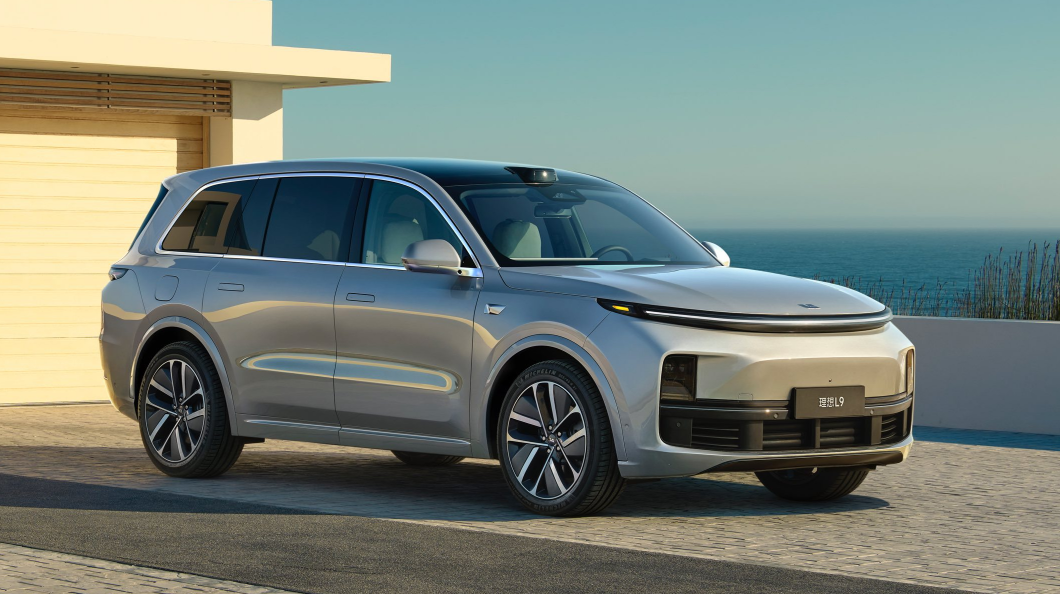China’s range-extended electric vehicle sales likely to top 500,000 units in 2025: industry report
Shanghai (ZXZC)- An industry report jointly written by the China Association of Automobile Manufacturers (“CAAM”) and relevant entities to illustrate the status quo and forecast the prospect of China's REEV (range-extended electric vehicle) industry development was issued recently, the Xinhua News Agency reported on Jan. 23.
With the development of the new energy vehicle industry and the gradual emergence of the REEV technical route's advantages, increasingly more automakers in China have made layouts in the REEV field. The report says the country's annual REEV sales are anticipated to surpass 500,000 units by 2025.

Li L9; photo credit: Li Auto
According to the report, the REEV is an electric vehicle equipped with an onboard auxiliary power system (also known as a range extender), which consists of an engine, a generator and a controller to power the vehicle's powertrain when the on-board rechargeable energy storage system cannot meet the vehicle's range requirements. Compared to hybrid electric vehicles, the REEV's power architecture is simpler and more mature.
As an important product for the electrification process of the automotive industry, REEVs can better balance the experiences of battery-only drive and power replenishment, reducing consumers' range and charging anxiety, said Fu Bingfeng, secretary-general of the CAAM.
As of today, there have been more than 300 enterprises in China engaging in the REEV business, according to data by the Chinese corporate information inquiry platform Tianyancha. Notably, the annual registrations of relevant new companies grew 8.5% year on year in 2022.
The report also admits the fact that multiple technical routes, including the REEV, the battery electric vehicle (BEV), and the plug-in hybrid electric vehicle (PHEV), will be co-existed for a long term.

